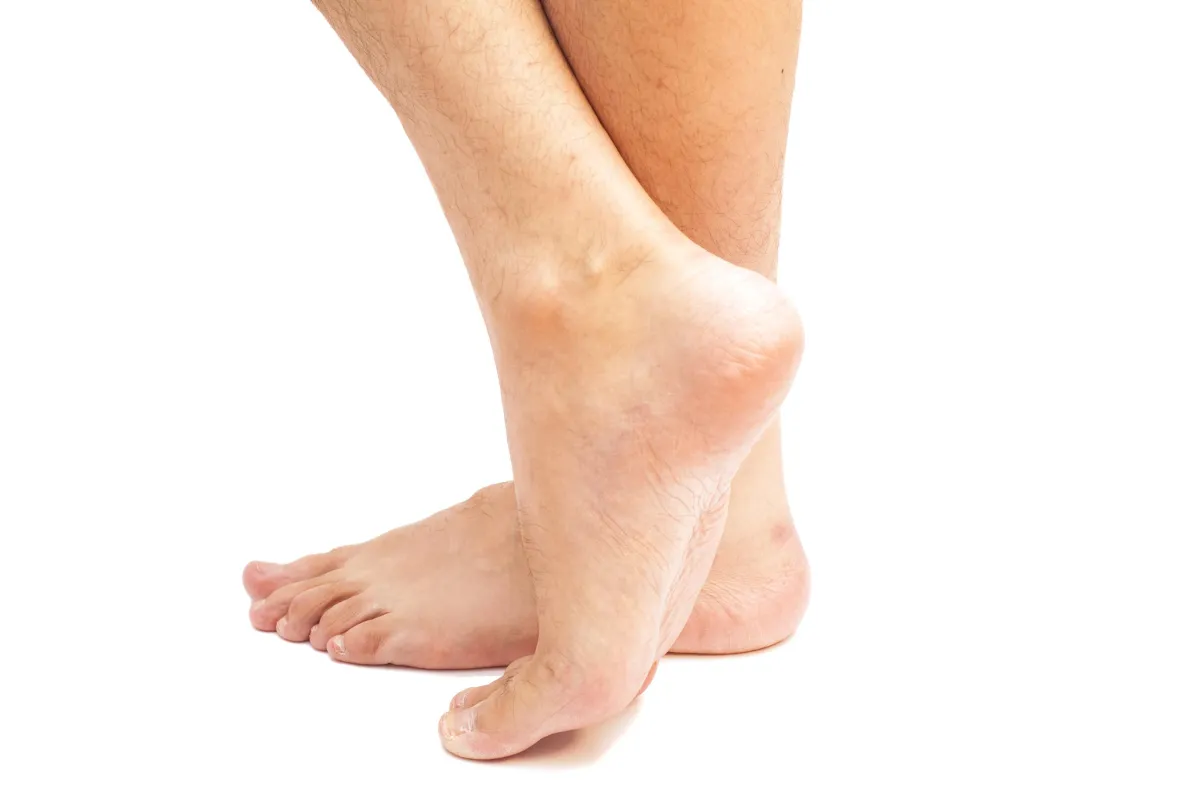
Do Hypermobile People Have Flat Feet? Exploring the Connection
Flexibility or Flaw?
Being super flexible might sound like a bonus, but when it comes to your feet, too much flexibility can lead to unexpected issues—like flat feet.
If you’ve been told you’re hypermobile (or "double-jointed"), you might have noticed your arches seem lower than usual. But is there really a link between hypermobility and flat feet? Let’s explore this fascinating connection.
What is Hypermobility?
Hypermobility refers to joints that move beyond the normal range of motion. This is usually due to looser ligaments and connective tissues, which provide less stability.
Common signs of hypermobility:
🧍♂️ Easily bending fingers or thumbs backwards
🧘♀️ Performing deep stretches without effort
🚶♂️ Frequent joint aches or "clicking" sounds
🦶 Noticing feet that roll inwards when walking (overpronation)
It’s relatively common, with estimates suggesting up to 20% of people have some degree of hypermobility.
What About Flat Feet?
Flat feet, also known as "fallen arches," occur when the arches of the feet collapse, causing the sole to make full contact with the ground.
There are two main types:
Rigid flat feet: Arches remain flat, even when not weight-bearing.
Flexible flat feet: Arches appear when sitting or on tiptoes but flatten when standing.
Hypermobile people typically have flexible flat feet—more on this shortly!
So, Is There a Connection?
Yes, there is! People with hypermobility are more likely to have flexible flat feet.
Here’s why:
Loose ligaments: Hypermobility means your ligaments aren’t holding the bones of the foot in place as firmly as they should.
Muscle compensation: Weakness in the muscles that support the arch can lead to excessive collapse.
Joint instability: Joints that move too freely may not maintain proper alignment.
In short: hypermobile feet are often too flexible to maintain a healthy arch under pressure.
🔎 Fun Fact: Children are often more flexible, and it’s normal for them to have flat feet early in life. But in hypermobile individuals, this flexibility often continues into adulthood.
Should You Be Concerned?
Not always! Many hypermobile people with flat feet experience no issues. However, some develop problems like:
Foot pain or fatigue
Shin splints
Increased injury risk due to instability
If you’re experiencing any of these, it’s worth seeking professional advice.
Management and Treatment Options
While you can’t "cure" hypermobility, you can absolutely manage its effects, especially on your feet.
🦶 Custom Orthotics
Orthotics provide extra support to help maintain your natural arch and alignment.
💪 Strengthening Exercises
Targeted exercises can build the muscles that support your arches, improving stability and reducing strain.
👟 Supportive Footwear
Shoes with good arch support, firm soles, and stability features can make a big difference.
👣 Professional Assessment
A gait analysis or biomechanical assessment can help personalise your treatment plan.
📞 Pro Tip: Not sure where to start? Book a biomechanical assessment with We Fix Feet. Call 0115 9328832 or visit www.wefixfeet.co.uk
Can You Prevent Flat Feet If You’re Hypermobile?
You can’t change your genetics, but you can absolutely support your feet to reduce the risk of discomfort and injury.
Start strengthening exercises early
Wear supportive shoes daily
Avoid prolonged barefoot walking on hard surfaces
Schedule regular check-ups with your podiatrist
Proactive care makes all the difference!
Final Thoughts: Flexible Feet, Strong Foundations
Hypermobile people are more likely to have flexible flat feet—but that doesn’t mean you’re destined for discomfort.
With the right approach, you can enjoy active, pain-free living.
✅ Understand your body ✅ Support your feet ✅ Stay active with confidence
🚨 Think your flat feet might be linked to hypermobility? Get expert guidance today—your feet will thank you!
Ask The We Fix Feet Team
Fill in the form to request a Call From Our Team
One of our team will call you for FREE and answer any questions or concerns you may have about your uncomfortable foot condition

Where To Find We Fix Feet
Our We Fix Feet podiatry clinics are conveniently located in Ilkeston, Derbyshire and Beeston, Nottinghamshire
Open: Mon-Fri 09:00-17:00 / Sat 09:00-13:00
94 Bath Street, Ilkeston, Derbyshire DE7 8FE
8 Wollaton Road, Beeston, Nottinghamshire NG9 2NR
Pay and display parking nearby




